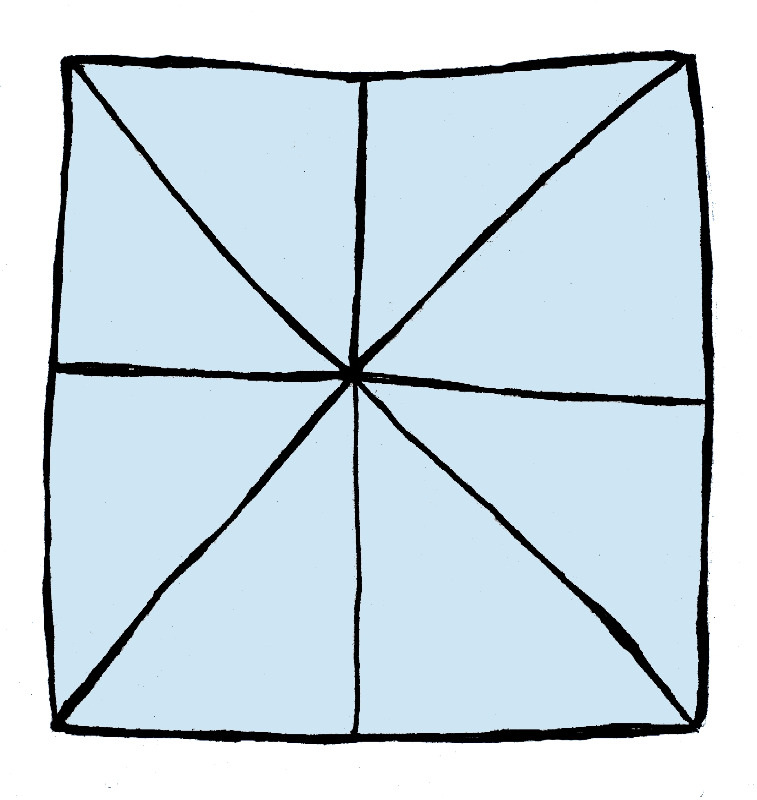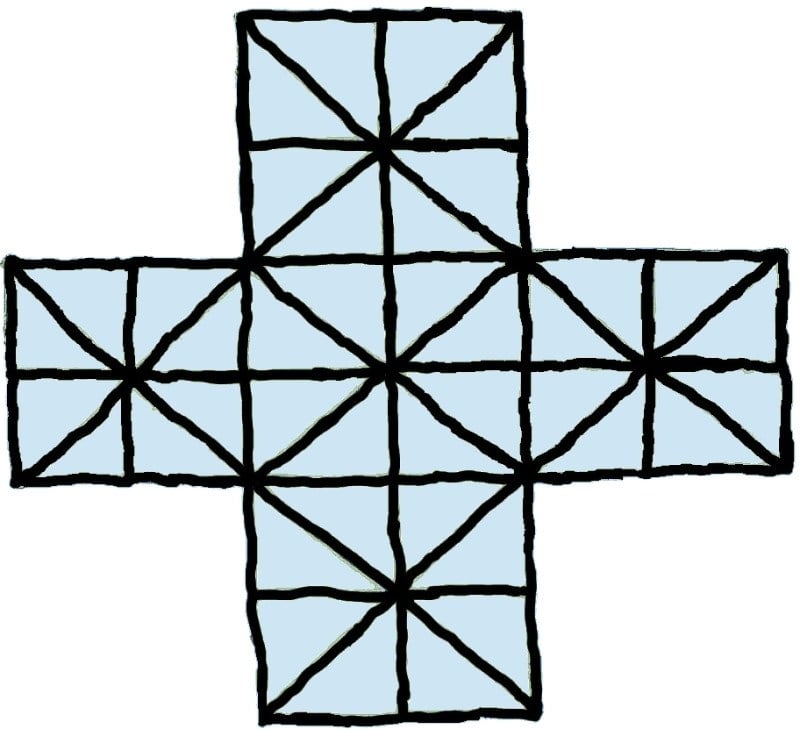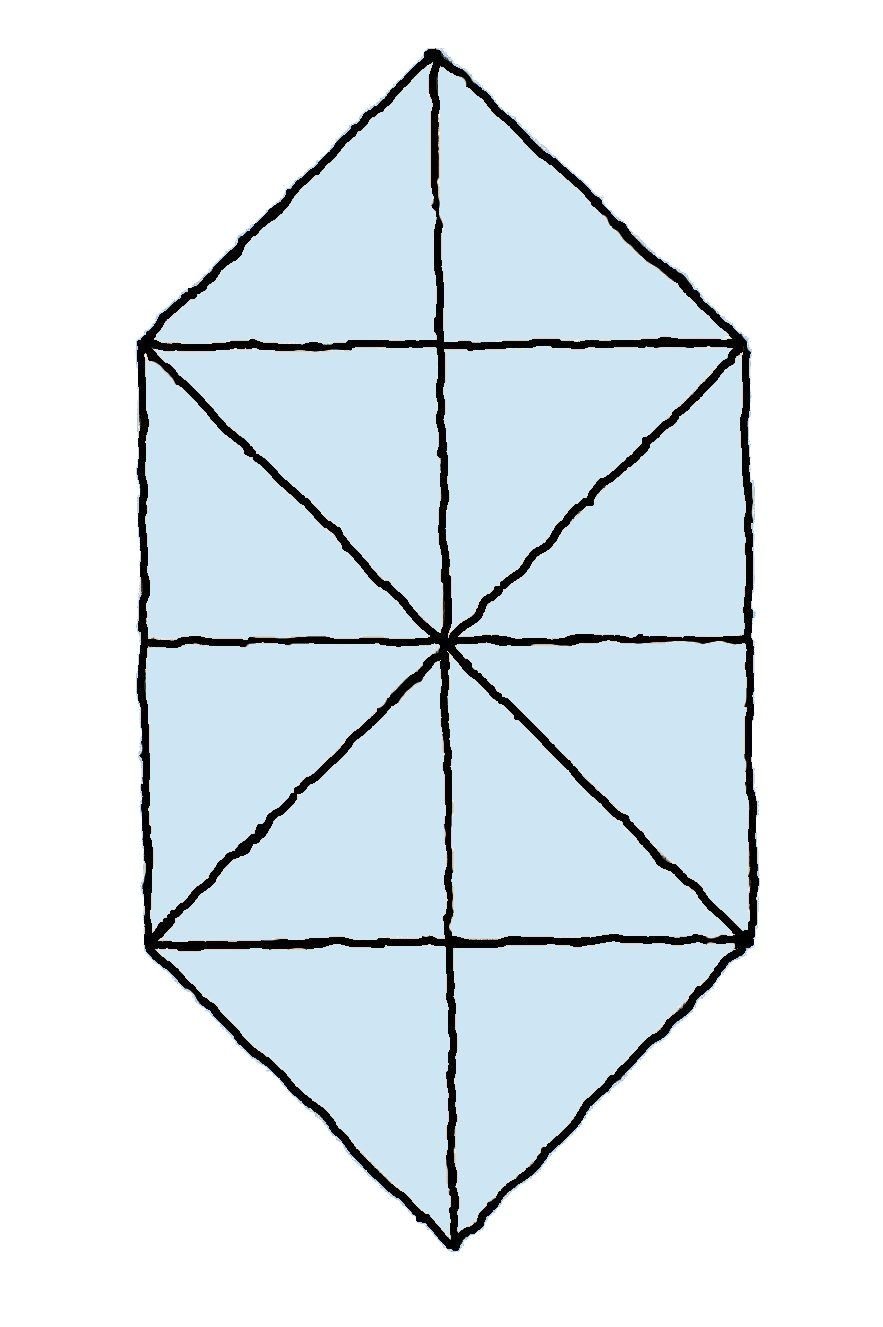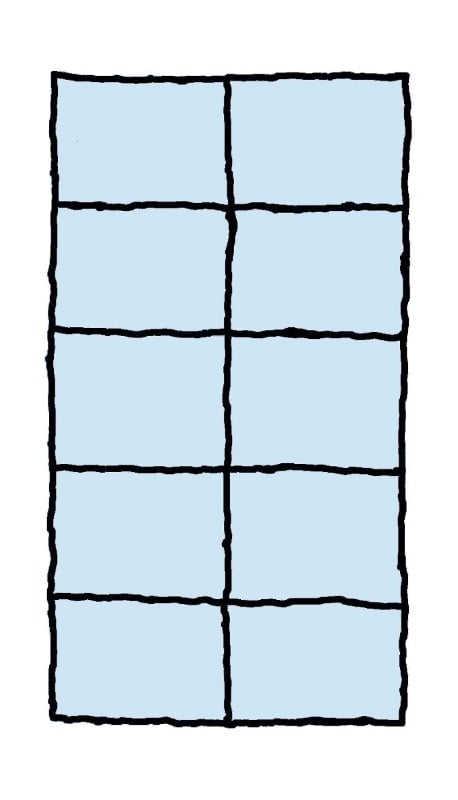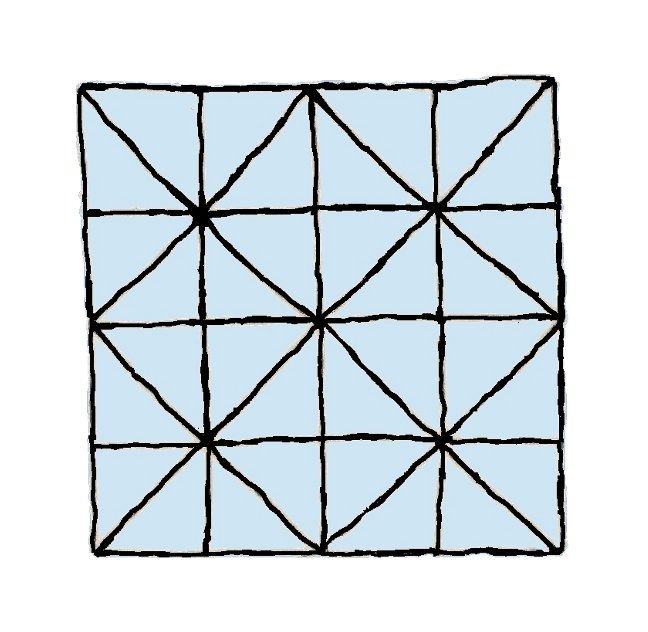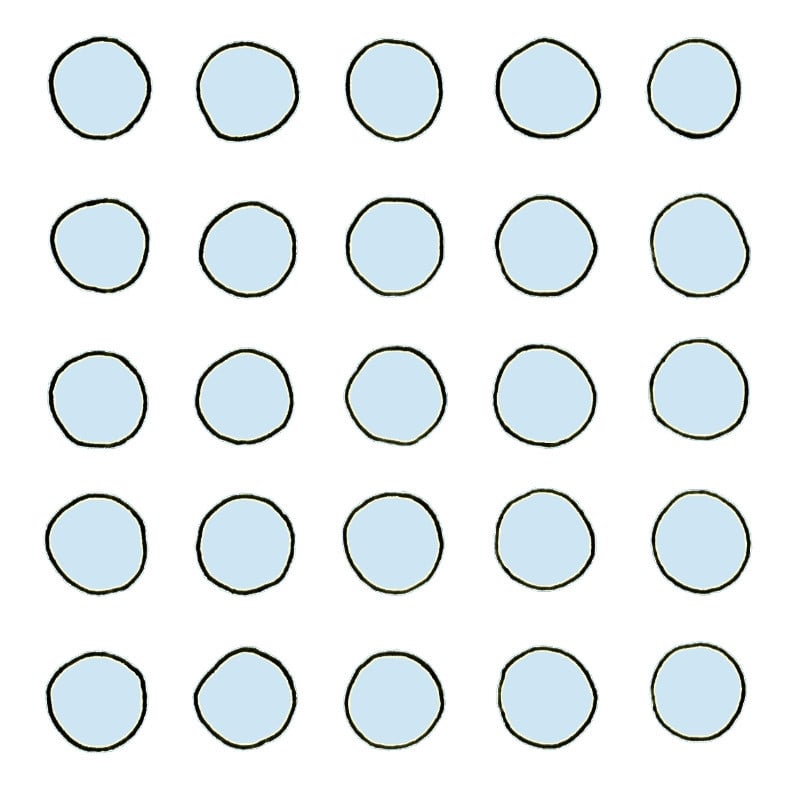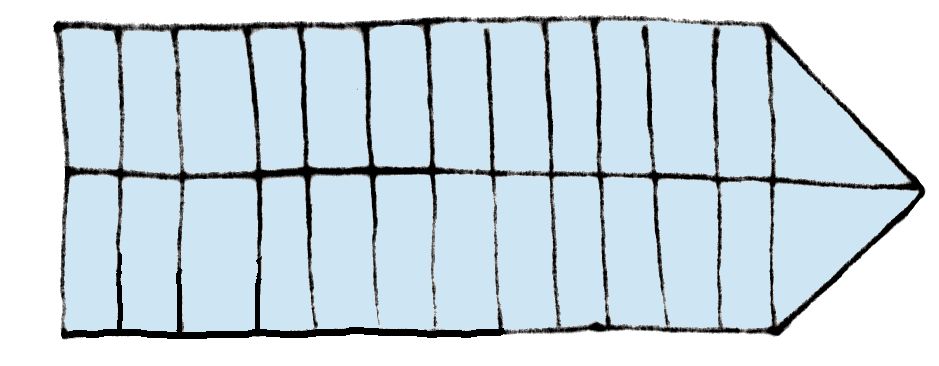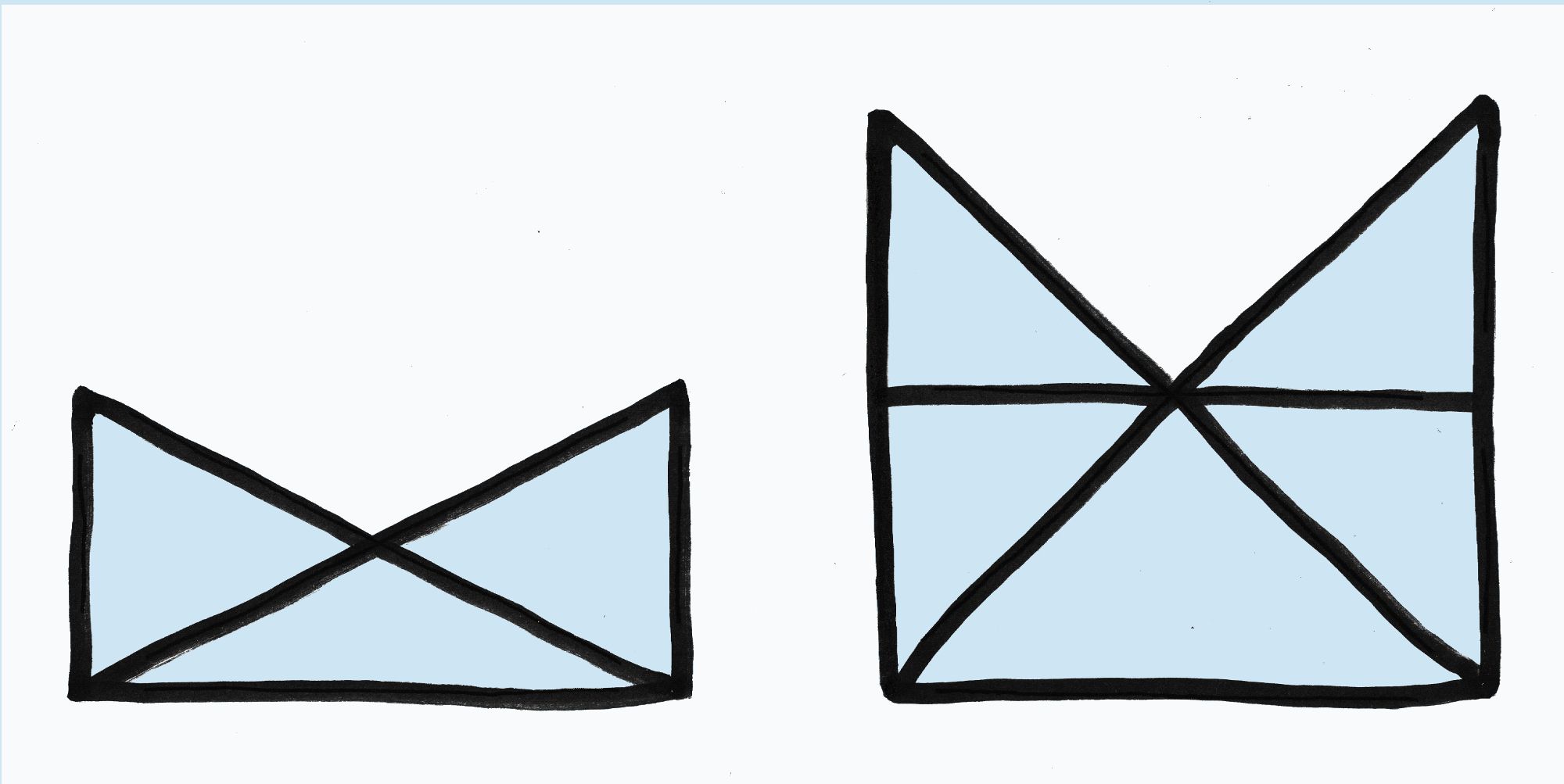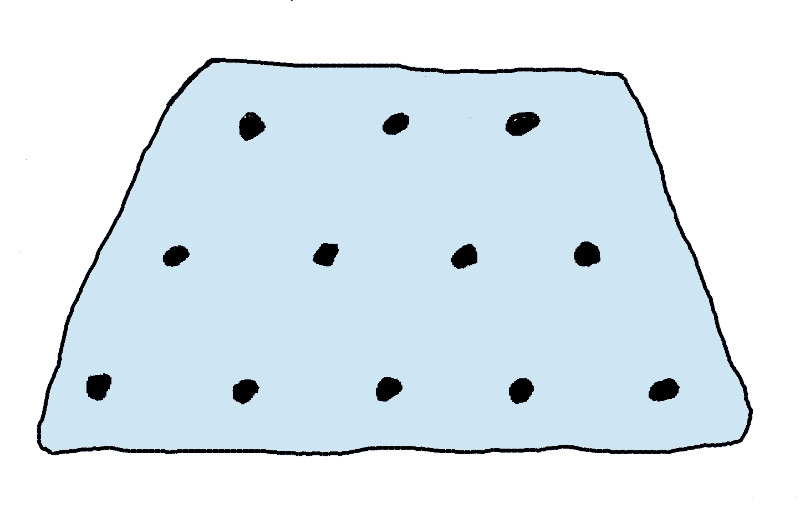The Historic Games Club
We set up The Historic Games Club in early April 2020 for anyone looking for free fun activities to do at home, at school, or wherever! It's not really a club - you don't need to join - just download the information sheets, which each include a printable board and rules, plus a little bit of information on a historic game. Over the following couple of months we added a new game each week, as a virtual weekly after-school club, fun evening class, or cyber boardgame cafe. There are ten games in the Club, which we're planning to maintain here as a virtual library of historic games. We may add some more games in the future! Once you've printed the sheet/s you should have all the information you need to play the game, so no need to use up limited screen time or bandwidth!
How to play the games
Games are listed below as pdf files. Download a file and print out the page/s which will include a printable board and rules for the game. If you don’t have a printer, you could draw a copy of the board onto paper or card – the inside of an old cereal packet would be ideal!
You will need some playing pieces - if you have other board games to hand you can borrow pieces from them, or you could use coins (do you have a pot of pennies somewhere? - heads and tails for two players), different coloured stones from the garden, or shells from a seaside trip. You could use small toy figures or coloured bricks; or make your own - for example, out of playdough (you can find recipes online). If you're really stuck, just cut out circles from paper (colour half the pieces in) or card (patterned and plain side of your cereal packet), or make two different shapes. Some of the games need dice - if you don't have any (remember to check any other games you have at home!) you could use playing cards numbered 1-6 (shuffle and pick for each roll; you could make your own numbered cards if you don't have playing cards!); or find a dice rolling app - there are many available for phones, laptops or other devices!
Most historic games are for two people – if you don’t have someone to play against maybe you could play with a friend by text, messaging or video chat – make your opponent’s move for them on your own board. You could number each of the playing positions to avoid confusion. And if there are more than two of you have a competition where each player plays everyone else - see who has the most wins, or have a knockout competition to find a champion. But remember to have fun - it's the playing that counts, not the winning!
Who are the games suitable for?
Most of the games we'll include in The Historic Games Club are suitable for anyone from 7 years up (Keystage 2 in the UK). The simplest, such as our first game - Three Men's Morris - can be easily played by younger children. In the past these games were played by people of all ages, and many of the games need tactical thinking, so that, as you replay them, you'll learn new strategies - so the games can be as easy or difficult as you (or your opponent!) make them! But we'll also include some fun fast-moving games for times when you don't want to have to think too hard!
A fun and fast-moving game played in Medieval and Tudor Europe, which we call “The Game with No Name”, because there is no historical record of its name! The best-known find of the gameboard is carved next to a Nine Men’s Morris board on the top of a barrel found on Henry VIII’s warship the Mary Rose, which sank in 1545 and is now preserved in Portsmouth Historic Dockyard. No-one knew what the carving was until around 2010 when a games expert realised it looked like the board of a little-known game from Scandinavia called Daldøs. Games historians think Daldøs is related to other “running fight” games, found from India to West Africa via the Middle East and North Africa (sometimes called “Tâb” games), in which each player’s pieces chase around the board, landing on opposing pieces to remove them from the board. In Scandinavia Daldøs seems to have been played only near the coast, on boards made in the form of a boat; and one theory is that the game was brought to northern Europe by Rus Viking or Varangian traders in ships along the rivers which formed trade routes from the Mediterranean. One of these trade routes passed through the ancient city of Novgorod, where a boat-shaped board from the 14th century has been discovered; and another recent find is from the 15th century Newport Ship, in south Wales. As you can see, our board looks like a ship!
Two very simple “ blocking” games, where the aim is to prevent your opponent from moving. The game of Horseshoe (as it’s known in English) comes from the Far East, where it is still played and known under several different names. It was first written about in Europe by a seventeenth century oriental linguist (an expert in “Eastern” languages) called Thomas Hyde, who worked as an interpreter in the Royal Courts of Kings Charles II, James II and William III, and learnt about many games from talking to foreign travellers. Madelinette is a similar but slightly more complex game.
A game of mathematical strategy, whose history in Europe can be traced from Renaissance Italy to one of the earliest computer games!
One of the best and most well-known historic board games. It was probably invented by the Romans, and was played across the Roman Empire; it reached India by the 9th century. It was played by the Vikings; was possibly introduced to Britain by the Normans; has been found on Henry VIII's warship the Mary Rose; was mentioned by Shakespeare and the poet John Clare; and is still played today!

